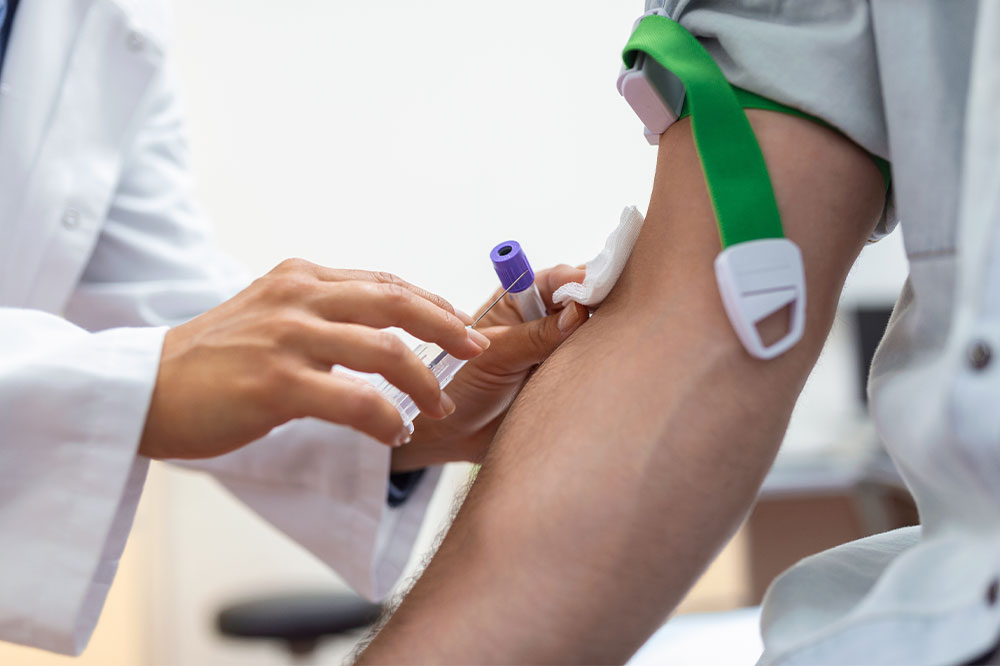4 signs of high cholesterol

High cholesterol is a silent enemy that often goes unnoticed until it reaches dangerous levels. Unlike many health conditions, high cholesterol often goes undiagnosed until it causes significant health problems. However, being aware of the potential symptoms and risk factors associated with high blood cholesterol is crucial. Understanding the symptoms can help individuals recognize the warning signs, seek medical attention, and take proactive steps to manage their cholesterol levels effectively.
Symptoms
It is important to note that cholesterol does not show signs or symptoms. The increasing deposition narrows down blood vessels, making it difficult for the blood to flow through. The only way to determine and keep track of blood cholesterol levels is by getting blood tests done. People with a family or personal history of high blood pressure and unhealthy lifestyle habits are generally at a higher risk of developing high cholesterol and clogged arteries.
Conditions like familial hypercholesterolemia are also responsible for higher levels of cholesterol in people with a genetic history. Studies suggest that people with this condition can have cholesterol levels of 300 mg/dL or more. Xanthoma, a yellow patch above the skin, usually seen on the eyelids, is a sign of people with high blood cholesterol. It is common in people with familial hypercholesterolemia.
This could eventually give rise to various health concerns. In most cases, high blood cholesterol levels can result in an emergency like a stroke or heart attack.
Here are the early signs of high cholesterol:
- Stroke
Plaque buildup in blood vessels can pose a severe risk of restricting blood supply to vital organs. When the supply to parts of the brain is restricted or cut off completely, a stroke occurs. In the case of a stroke, it is crucial to act fast and get the patient treated at the earliest possible moment. Symptoms of stroke include sudden dizziness, loss of balance, inability to move, partial paralysis, slurring of words, and facial asymmetry. - Coronary artery disease
Coronary artery disease occurs when high cholesterol impacts the major blood-supplying arteries to the heart. It is among the top causes of death in men and women across the country. Some common symptoms of CAD include extreme fatigue, angina or chest pain, and shortness of breath. - Peripheral arterial disease
Peripheral artery disease occurs when plaque affects the arteries that carry blood to the limbs, stomach, and kidneys. Symptoms include discomfort in the legs and feet, achiness, intermittent claudication or pain in the legs when active, cramping, and fatigue. As the condition progresses, the frequency of symptoms increases. Some might even experience the above symptoms when resting. Advanced stages of the condition have even more symptoms to look out for. - Heart attack
Plaque buildup slows down the rate and speed at which blood flows through the vessels. The process of the narrowing of arteries by plaque is known as atherosclerosis. It is a gradual process that happens over a period of time. It is harder to keep track of since there are no symptoms. If a piece of plaque breaks and forms a blood clot, it can block blood flow to the heart. This lack of oxygen damages or causes the death of the muscle tissue. It is also commonly known as a heart attack.